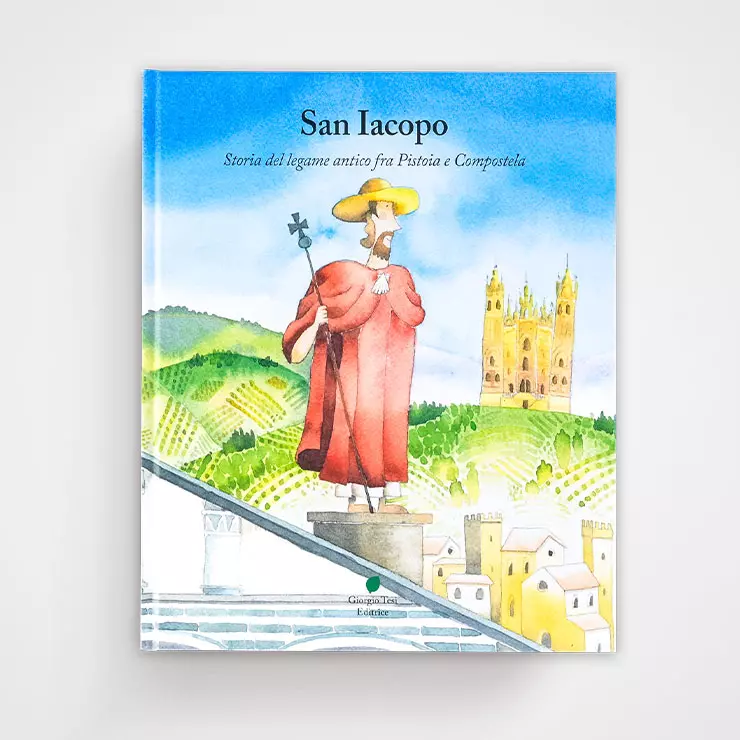Italy’s master Art Nouveau decorated this establishment between 1909 and 1911.
In the early twentieth century, Galileo Chini (1873-1956) was probably the best Italian interpreter of the European artistic movement known as Art Nouveau. During the most interesting years of his artistic career, the Florentine artist worked repeatedly in Pistoia and Montecatini, where he left some of his most significant works in the field of fine and applied arts. In Pistoia, he created pictorial wall and ceiling decorations in the Cassa di Risparmio’s building (1903-1904). His intense activity in the spa town is instead seen by the numerous works there, beginning in 1904 with his first large fresco – combined with other valuable smaller panels containing putti – located in the ballroom of the Grand Hotel & La Pace. During those same years in which Montecatini was becoming a European-level cultural and tourist center, art nouveau’s new stylistic registers created a further bond between the spa town and the artistic tastes of the time.
It is at this time that Chini introduced to the international clientele of the spas his entire repertoire: murals, ceramics, and stained glass windows. Chini’s works in Montecatini from the early twentieth century are characterized by their public dimension, set in the places and spaces of everyday life. For example, the Tamerici Salts Pavilion, which stood on the central avenue leading to the various establishments, was trafficked by hundreds of clients who certainly admired Domenico Trentacoste’s grès bas-reliefs, one of which contains Chini portrayed in thoughtful dialogue with three muses. In addition to the salts from the thermal waters, products manufactured at Chini’s manufactory, L’Arte della Ceramica in Florence could be acquired in this building with its purely Liberty stylistic registers.
The relationship between Chini and Montecatini at the new building of the Terme Tamerici had surprising results in the story of the thermal springs. The architectural complex was originally built by the Schmitz family after the mineral spring was discovered in 1843, and completely reorganized between 1909 and 1911 by the architect Giulio Bernardini. In a neo-medieval style, the new structure was named after the tamarisk plant found in the building’s vicinity and also in Chini’s stylized suggestions in the pictorial motifs inside. The establishment’s decorations are among the most original of the entire production of “Manifattura Fornaci San Lorenzo – Chini and C. Mugello”. Chini sought an ideal continuity between the panels, murals, stained glass windows, floors, and surfaces of the architectural elements. The artist worked masterfully on both the building’s interior and exterior, providing Montecatini with a veritable catalog of what was considered to be the “totally” new art. Next to the entrance hall of the Giulia spring, are polychrome decorative elements, combined with pine cones and fish, with a nearby tile bearing the “signature” of the Borgo San Lorenzo manufactory.
The themes chosen by Chini are a constant, recurrent allusion to the spring, while an iconography rich with animals opens a corridor toward the east, explaining the similarity of the lion heads found on the pillars of the external portico to those of Chinese panchi dragons. We find a harmonious geometric composition again on the portico’s floor as angels greet guests holding a sign reading Salve (hello). On the walls by entrance are two panels in a metallic luster that display – together with some problems of conservation – oriental-style fish and birds. The grand lobby with its Chini-manufactured skylight leads to the extraordinary Sala della Mescita delle acque, where the waters could be taken. The decorative elements cover the entire floor, on which the Schmitz family’s coat-of-arms can be seen among the branches and whip-like marks. Polychrome ceramics are on the walls surrounding the two grès bar counters supported by columns with partly gilded lion heads. Two wonderful polychrome tile panels in metallic luster are placed as a scenic backdrop behind the counter, with putti holding festoons set in a frame whose colors change from pink to yellow, in a continuous play of reflections and light. The hall is characterized by a variety of shapes and colors from Chini’s aquatic world, whose brilliant decorative elements and optical illusions originated from some geometric compositions. Other works completed by Chini at the Terme Tamerici are set in the time before his stay in Siam (1911-1914), and thus unequivocally represent the Florentine artist’s eastern influences. In fact, a short time later, Chini was invited to Thailand by King Chulalongkorn to decorate the royal palace in Bangkok. The works of art that today are still preserved in the Tamerici spa complex serve to link Europe and the East, Montecatini and Bangkok. It is an artistic journey that encompasses elements of absolute originality in the context of Tuscany’s cultural heritage.
TEXTS
Emanuel Carfora
PHOTOS
Nicolò Begliomini






